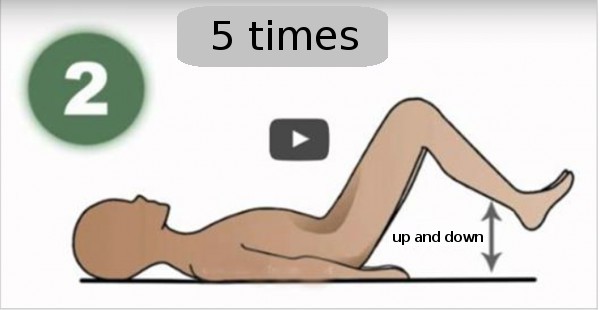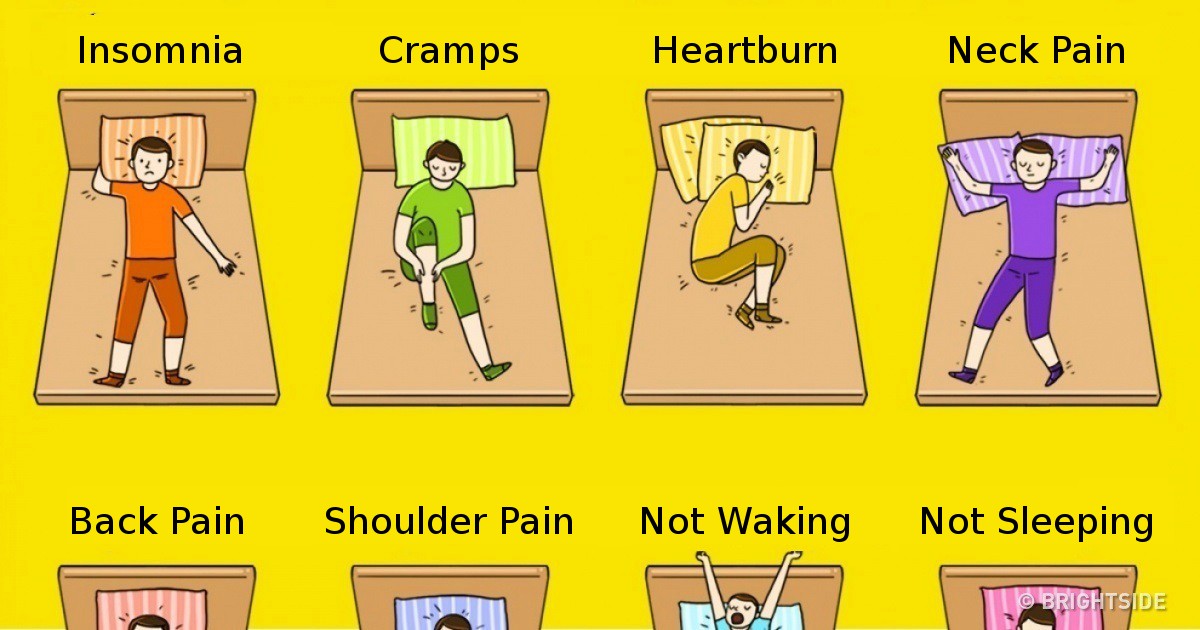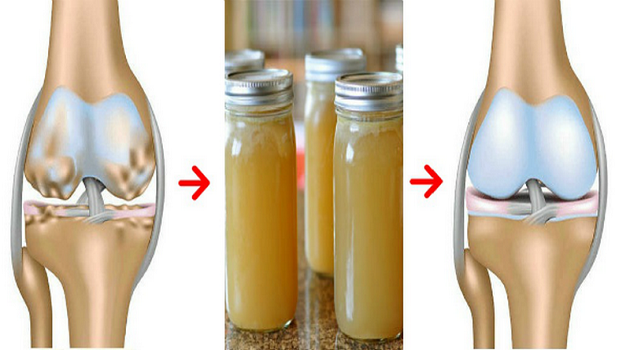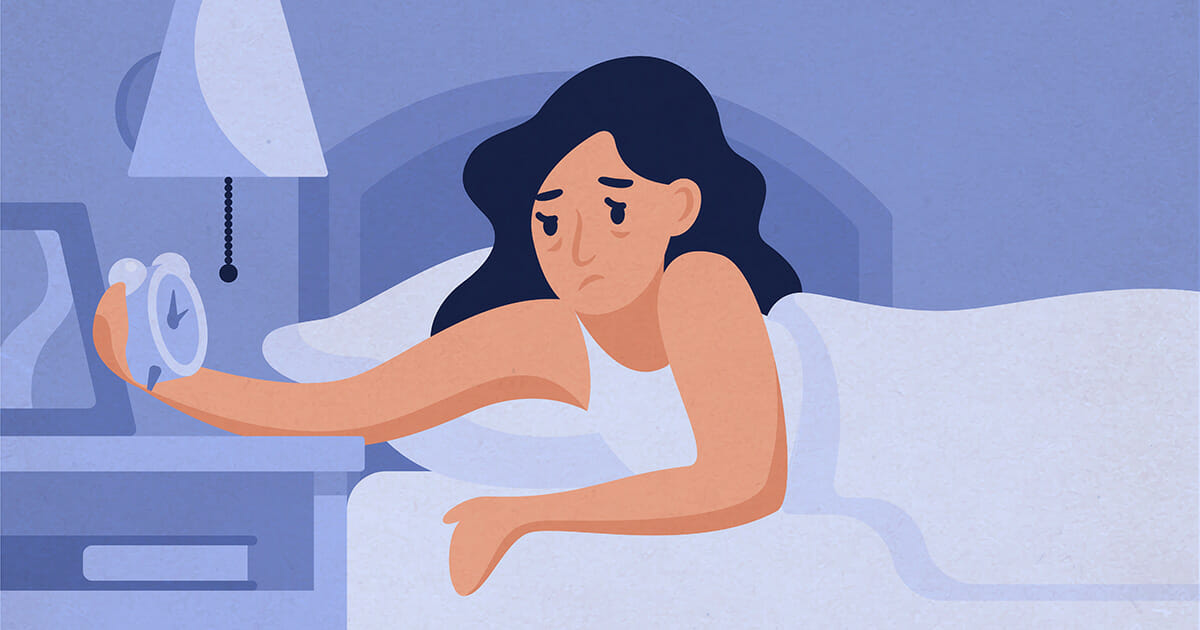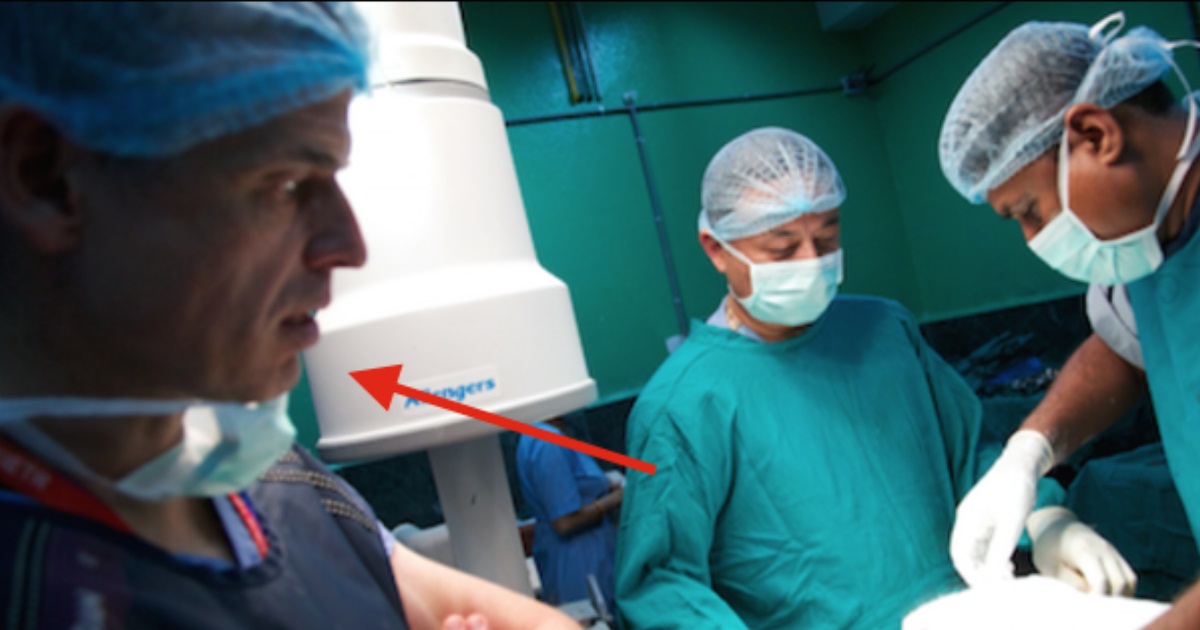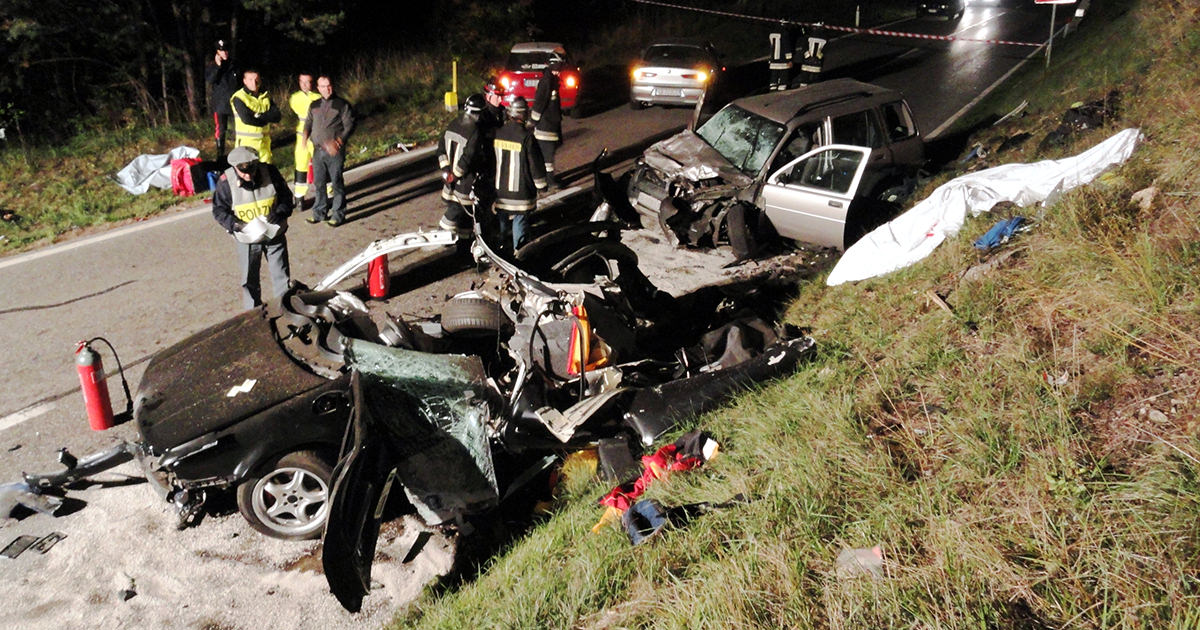4 Early signs of the 'Silent Disease': Discover the body's warning signs before it's too late
|
It is often called the 'silent disease' because of its ability to 'sneak up' on people for several years. And yet, despite the fact that many are at risk of developing osteoporosis, awareness of the disease is not as high as you would expect.
Usually, a person suffering from osteoporosis does not notice the symptoms until the disease is already diagnosed. At this stage, it can already be in advanced stages and cause pain and bone problems that change the person's life forever.
Therefore, we thought to share with you information about osteoporosis, including the body's warning signs and how you can prevent the disease from developing. Read the article below and share it with friends so that they too can enrich their knowledge.
What is Osteoporosis?
Osteoporosis occurs when the body has too much missing bone tissue that cannot be replaced. As the bone mass decreases, the bones become weak and fragile, as a result if you are at greater risk of suffering bone fractures.
Bone fractures as a result of the disease are common in the hips, wrist, vertebrae and upper arms - but the entire skeleton may be affected.
Women over the age of 50 and men over age of 70 are at greater risk of developing osteoporosis. The disease is more common in women with low estrogen levels when they reach menopause.
Other factors that can put you at greater risk are smoking, drinking too much alcohol, being immobile for too long, or using cortisone injections.
Below you will find a list of warning signs that your bone mass is too low, and as a result you are at a high risk level.
Symptoms to look for
1. Bones break easily
Because of its 'silent' nature, osteoporosis is often discovered incidentally, sometimes after a broken leg or arm. If you suffer a fracture from a minor fall that would not normally cause a fracture, such as bumping into a table and falling to the floor, then this could be a sign.
2. Decrease in height
Seriously. It is very important to pay attention to your height. If several vertebrae contract together - as a result of osteoporosis - the spine can change shape and shorten. If you lose about 3 cm in your height over a period of one year, this could be a sign of osteoporosis, and you should go to the doctor to get checked.
3. Bent posture
In the same way that osteoporosis causes a decrease in height, it can also appear when you walk bent over.
4. Sudden and intense pain in the back
Back pain can be the result of many factors. But if you suddenly experience severe back pain that only gets worse when you stand or walk, it could be a sign of a small fracture in the spine caused by osteoporosis. In this case it will also be difficult for you to bend forward, lift things or turn your body.
How to prevent
Osteoporosis is called the 'silent disease' because it is hard to detect and can get worse over the years. But that doesn't mean it can't be prevented.
By taking good care of your skeleton and of course your life, you can reduce the risk. Basic exercising such as walking, running or playing sports can help a lot.
It is also very important to eat a menu rich in Vitamin D and Calcium. Dairy products, broccoli, peas, beans and spinach are all rich in calcium and vitamin D.
If you are concerned and think you may have osteoporosis, or you think your friend may have the disease based on the symptoms, then it is always a good idea to consult a doctor.
To prevent pain and difficulty in the future, it is very important to diagnose and treat the disease while it is still in its early stages. Hopefully this article will help raise awareness!
Share it with friends. Remember, the more people know about the causes and symptoms, the more you and other people can help.




